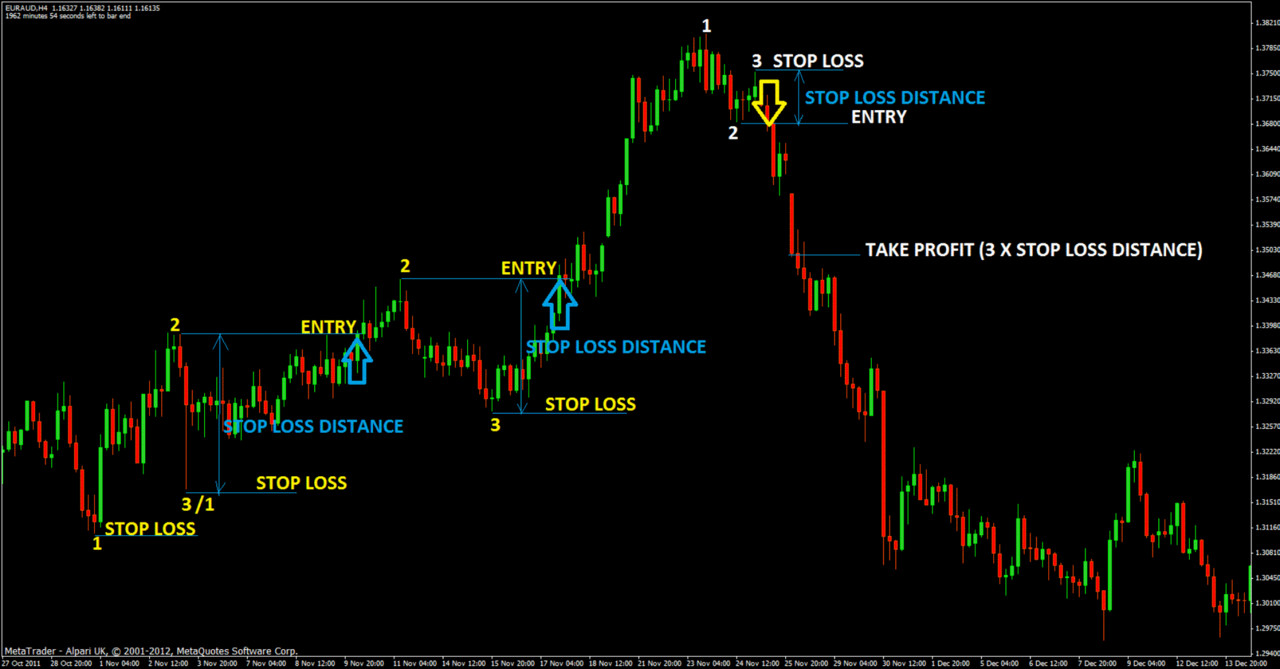Forex trading, a global financial market for trading currencies, is both dynamic and challenging. Successful traders use various forex trading strategies to navigate this volatile market. This article provides a deep dive into the world of forex trading, focusing on strategies that can help traders make informed decisions.
Understanding Forex Trading
Forex, short for foreign exchange, involves buying and selling currencies against each other. It’s the largest and most liquid market in the world. Key concepts include:
- Currency Pairs: Currencies are traded in pairs, like EUR/USD or USD/JPY.
- Market Analysis: Traders analyze markets using fundamental, technical, or sentiment analysis.
- Leverage: Forex trading allows for significant leverage, but this increases risk.
Basic Forex Trading Strategies
- Trend Trading: This strategy involves identifying and following market trends. Traders look for upward or downward movements in a currency pair and make trades based on these trends.
- Range Trading: Here, traders identify stable currency pairs that fluctuate within a specific range. Trades are made at the high and low points of this range.
- Position Trading: A long-term strategy, position trading involves holding a position for weeks to months, based on extensive market analysis.
- Scalping: A short-term strategy, scalping seeks to make small profits on minor price changes, often involving many trades in a day.
- Swing Trading: This involves holding a position for several days to capitalize on expected upward or downward market shifts.
Advanced Forex Trading Strategies
- Carry Trade: Involves buying a high-yielding currency against a low-yielding one to profit from the interest rate differential.
- Hedging: Using different instruments or positions to offset potential losses in another trade.
- Arbitrage: This involves simultaneous buying and selling of the same currency in different markets to take advantage of price differentials.
Risk Management in Forex Trading
Effective risk management is crucial. Strategies include:
- Setting Stop-Loss Orders: To limit potential losses.
- Risk-Reward Ratio: Determining the potential reward for every dollar risked.
- Diversification: Not putting all capital into one trade.
Psychology of Forex Trading
Understanding the psychological aspect of trading is essential. It involves:
- Emotional Discipline: Maintaining composure and not letting emotions drive trading decisions.
- Patience: Waiting for the right trading opportunities.
Tools and Platforms for Forex Trading
Traders use various tools:
- Forex Trading Platforms: Like MetaTrader 4/5, offering advanced charting tools, market indicators, and real-time data.
- Economic Calendars: To track market-moving events.
- Forex Trading Bots: Automated systems that can make trades based on set criteria.
Conclusion
Forex trading requires dedication, discipline, and continuous learning. By understanding and applying various forex trading strategies, traders can improve their chances of success in this dynamic market. Remember, there’s no one-size-fits-all strategy in forex trading; what works for one trader may not work for another.






